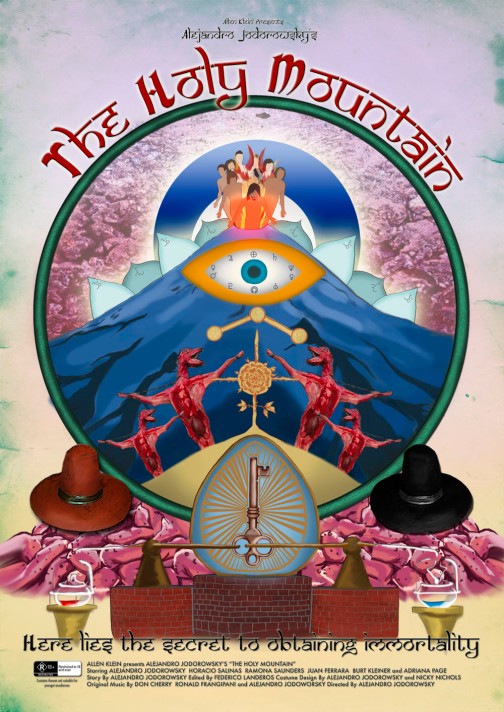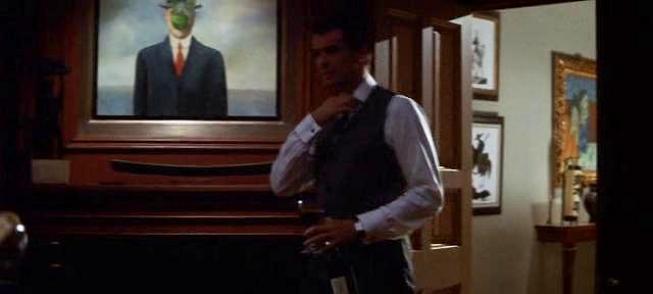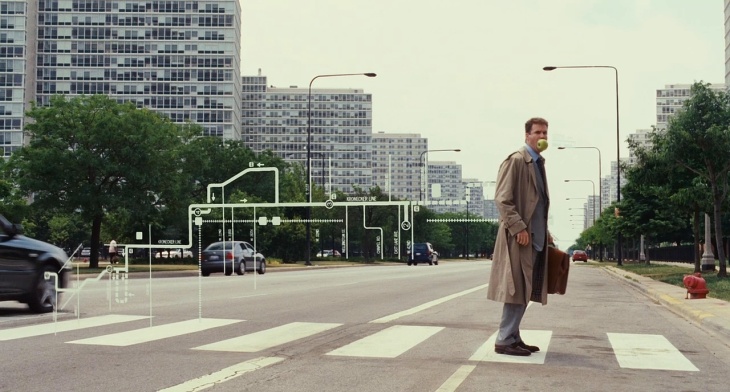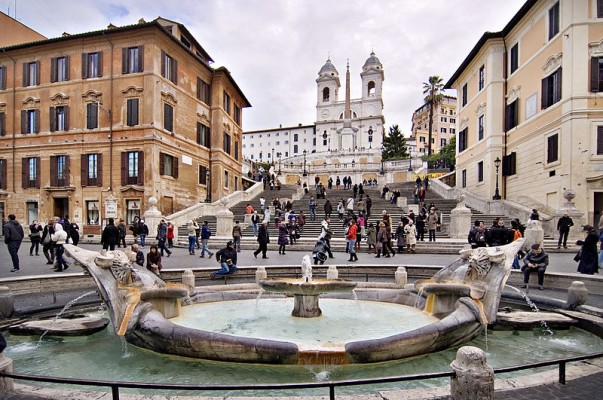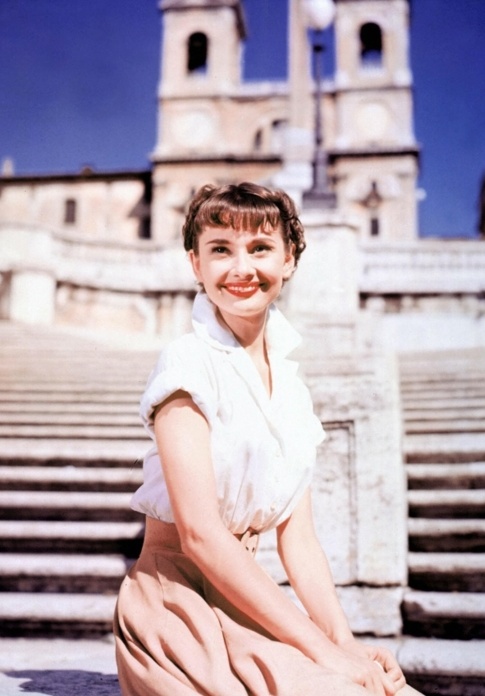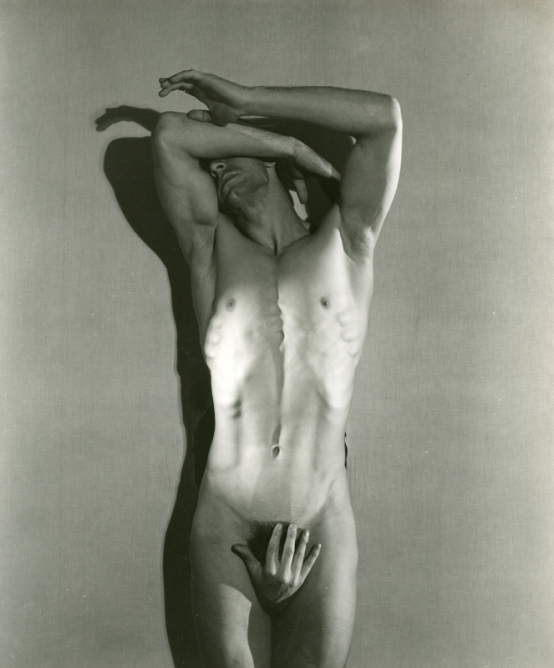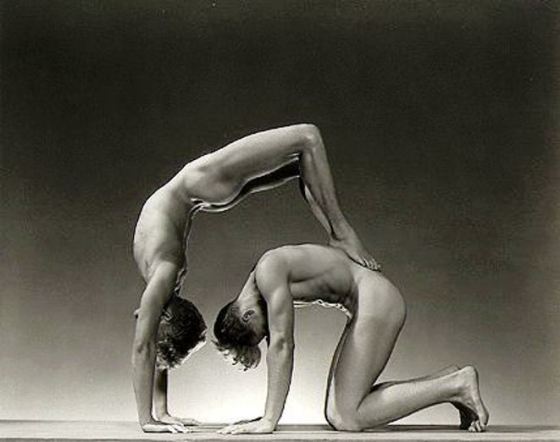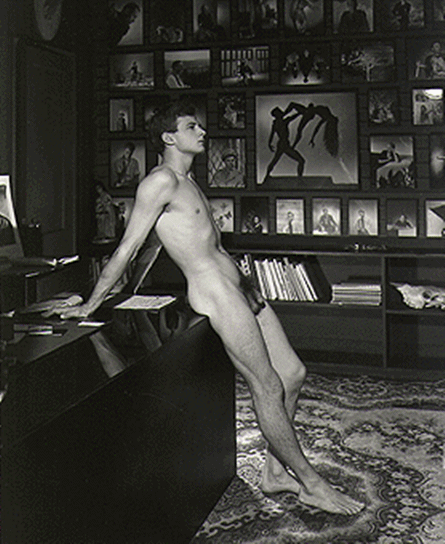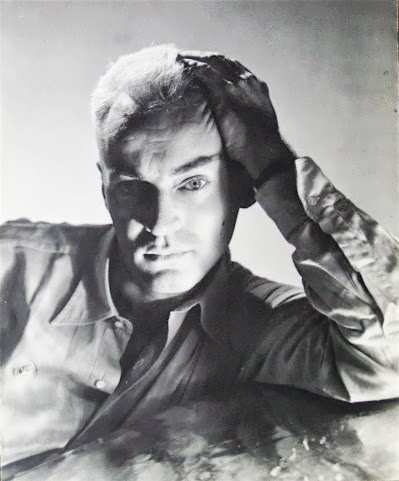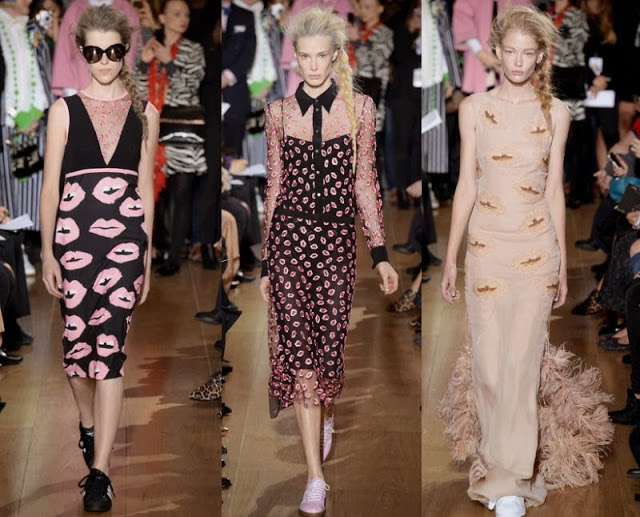 Dust jacket illustrated by George Underwood
Dust jacket illustrated by George Underwood
The Man Who Fell to Earth is a 1963 science fiction novel by American author Walter Tevis, about an extraterrestrial who lands on Earth seeking a way to ferry his people to Earth from his home planet, which is suffering from a severe drought. The novel served as the basis for the 1976 film by Nicolas Roeg, The Man Who Fell to Earth, as well as a 1987 television adaptation.
 Illustration by George Underwood
Illustration by George Underwood
The original novel opened with the section Icarus Descending 1972, the revised version opens with Icarus Descending 1985. The second section of book is Rumplestiltskin, 1975, in the revised version this is 1988. The final section of the book is Icarus Drowning, 1976, and 1990 in the revised edition novel.
William Carlos Williams’ poem and the painting Landscape with the Fall of Icarus appear side-by-side 22 minutes into the 1976 film, The Man Who Fell to Earth, starring David Bowie.
The painting seen early on in the film is Landscape with the Fall of Icarus, which (as we stated in a previous post) was long thought to be by Pieter Brueghel. In Greek mythology, Icarus succeeded in flying, with wings made by his father Daedalus, using feathers secured with wax. Ignoring his father’s warnings, Icarus chose to fly too close to the sun, melting the wax, and fell into the sea and drowned. His legs can be seen in the water just below the ship.
The film depicts the arrival of an alien, Thomas Jerome Newton (David Bowie), who has travelled to the Earth on a rescue mission to aid his dying planet (a prescient theme tapping into our ever growing concerns about global warming). His superior technology, and the unique patents it offers, allows him to play and control the markets and create a vast conglomerate. Amassing the financial benefits of the consumer products he has introduced, he sets out to create a space programme that will enable him to return to his world and bring his family back to Earth.





